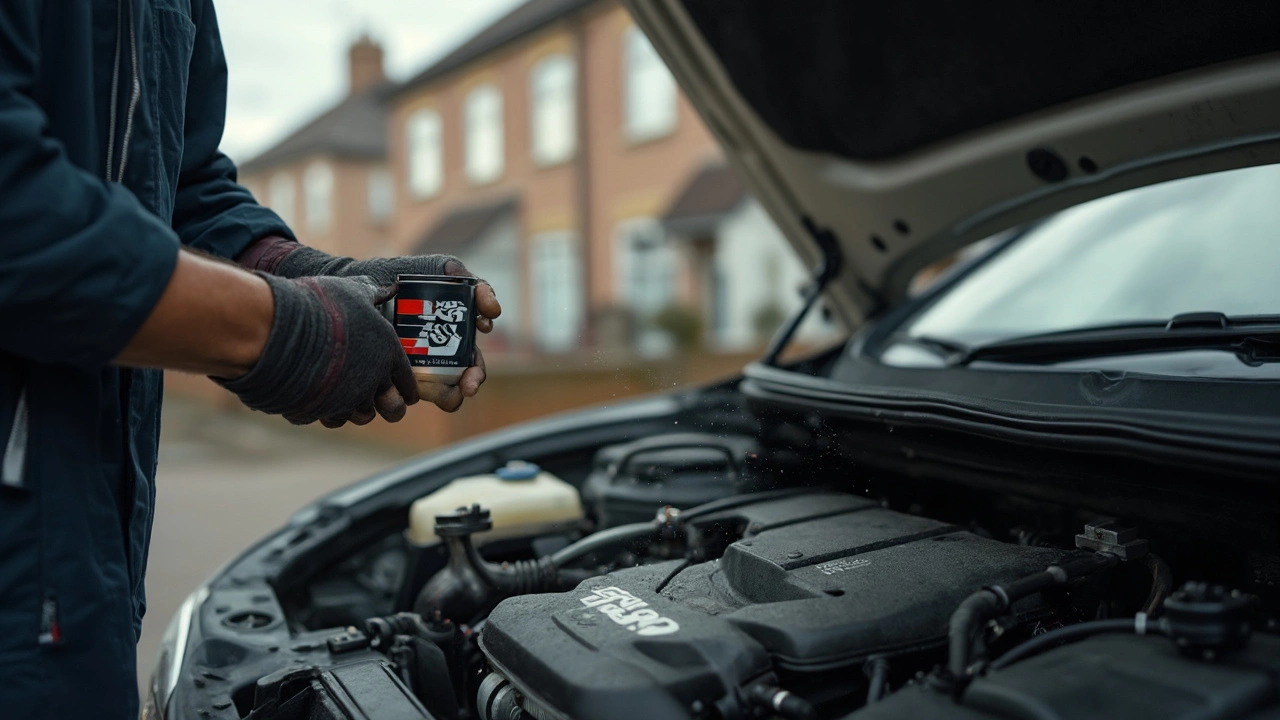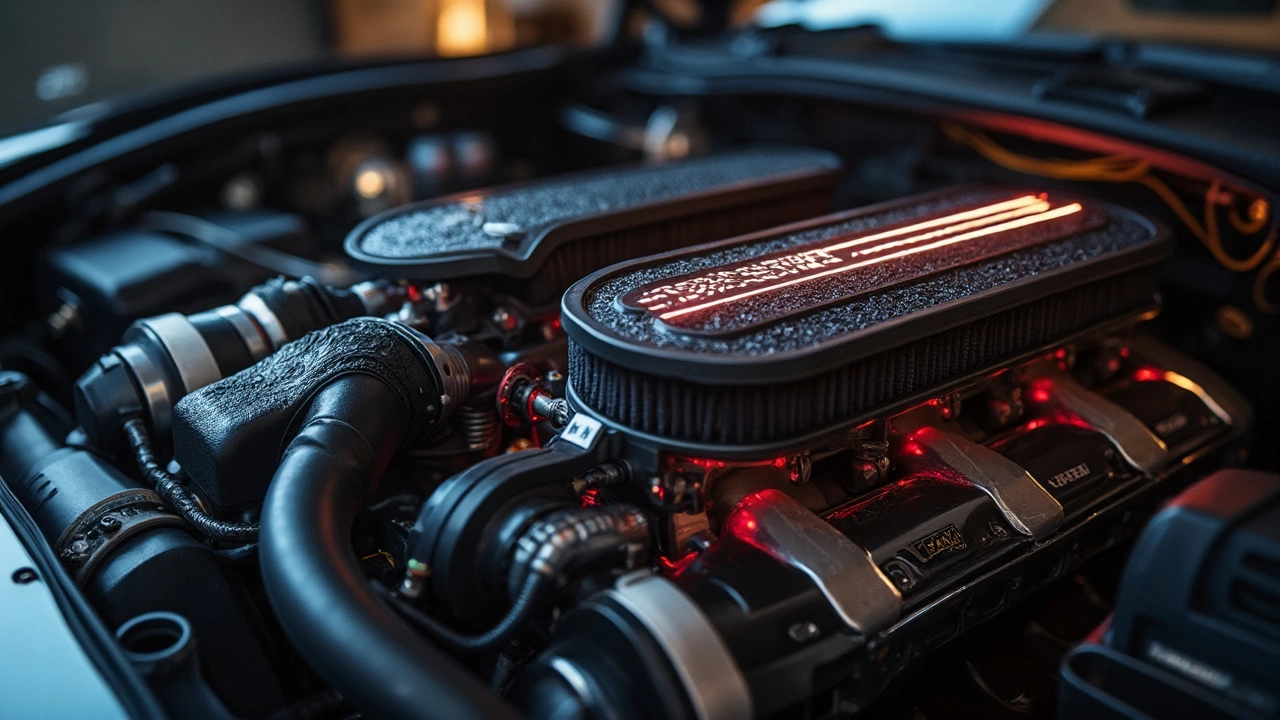K&N Filters: Boost Your Engine’s Breath and Power
If you’ve ever wondered why some cars sound louder and feel quicker after a simple swap, the secret is often a better air filter. K&N filters are a popular upgrade because they let more air into the engine while catching dirt. More air means the engine can burn fuel more efficiently, which translates to a small power gain and maybe a few extra miles per gallon.
What makes a K&N different from the stock paper filter? The main thing is the material. K&N uses a washable cotton gauze that stays open longer than paper. That means you don’t have to replace it every few thousand miles – you just clean it and re‑oil it. For everyday drivers, that saves money and reduces waste.
Why Choose K&N Over Stock Filters
Stock filters are designed to keep the engine safe, not to maximize performance. They’re cheap, but they also restrict airflow. A K&N filter usually gives a 5‑10% increase in airflow, which can add 2‑5 horsepower on most street cars. The power bump isn’t huge, but many owners notice a more responsive throttle and a smoother idle.
Another benefit is the sound. When you open the intake, the engine often growls a little louder. That’s not just for show – it tells you the engine is getting more fresh air, which can be fun for enthusiasts who like a sporty feel without a full‑blown turbo setup.
Installing and Maintaining Your K&N Filter
Installation is straightforward. Most K&N filters are a drop‑in replacement, meaning you pull the old filter out, drop the new one in, and tighten the clamps. No special tools are needed. If your car has a custom intake, double‑check the fit, but the design usually works with any standard‑size housing.
Maintenance is the part that sets K&N apart. After about 10,000‑15,000 miles, or whenever you notice a drop in performance, you’ll want to clean the filter. Use K&N’s cleaning kit: spray the filter with the cleanser, let it soak, rinse with low‑pressure water, and let it air‑dry. Once dry, apply a light coat of the supplied oil – just enough to make the gauze sticky, not slick.
Don’t over‑oil. Too much oil can attract dirt and defeat the purpose of the washable design. A thin, even layer is all you need. After re‑installing, you might notice a brief “rich” feeling as the engine adjusts to the fresh airflow. That’s normal and usually clears after a short drive.
Some owners wonder if a K&N filter can void the warranty. In most regions, it’s considered a “minor modification,” and manufacturers can’t deny a warranty for an unrelated issue. However, it’s always good practice to keep records of your installation and maintenance.
When it comes to fuel economy, the results vary. In city driving, the gain may be modest, but on highway cruising the reduced restriction can help the engine run at a lower load, saving a bit of fuel. Pair the filter with a proper tune or ECU map if you want the most out of the setup.
Bottom line: K&N filters are a simple, affordable way to let your engine breathe better, add a touch of sound, and keep your intake clean for years. If you’re looking for a quick upgrade that doesn’t involve major work, swapping to a K&N is a solid choice. Just remember to clean it periodically – that’s the secret to staying fast and clean.
K&N filters are famous for boosting airflow, but lots of drivers worry they might mess with the car’s MAF sensor. This article breaks down what actually happens when you use oiled filters like K&N, how the MAF sensor works, and what real-world data says about filter problems. You’ll get practical tips on avoiding issues and learn when K&N filters make sense for your ride. Get clear facts instead of hype or myths. If you’re thinking about upgrading your air filter, this is the guide you need.
Ever wondered why K&N filters come with a hefty price tag? This article dives into the quality materials, innovative engineering, and performance enhancements that justify their cost. We'll explore the benefits of using K&N filters, from improved engine performance to long-term savings. Get tips on maintaining your filter for maximum efficiency, and learn about the unique features that set K&N apart from the rest.


